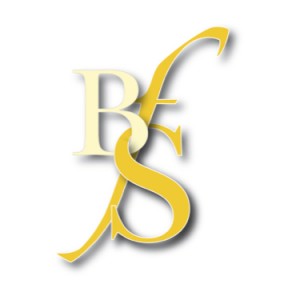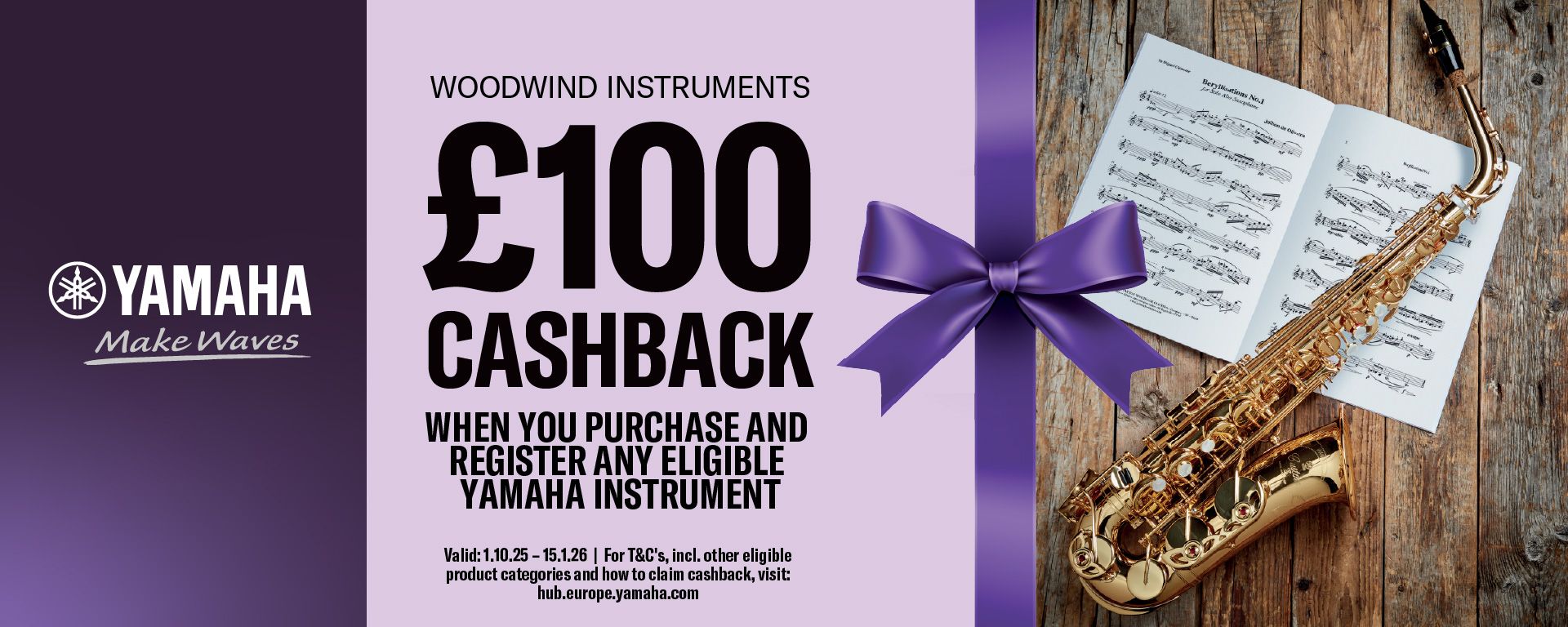Kickstart Flute Book 2
A unique beginner series introducing flute players to music from around the world

Pan - Journal of the British Flute Society
This pair of volumes by Clare Southworth makes for a really interesting and unique addition to the vast array of tutor books on the market. Southworth notes in the acknowledgements that while she has wanted to write a beginner method for many years, she has held back for fear of writing something similar to other available publications. Here, the aim is to introduce players to a range of musical styles rather than sticking solely in the classical tradition, and to use duets in these styles as the basis for each chapter.
Volume 1 begins with four ‘Pre-lessons’ covering the basics of putting the flute together, hand positions, some basic notation, along with introducing students to the technical elements of breathing and tone development. There are excellent, clear written explanations and demonstration videos (easily accessed using QR codes) that will help beginners navigate their way round the instrument. While providing helpful demonstration and tips, students are encouraged throughout to ask their teachers for support and advice, reinforcing the importance of this relationship for beginner students. As someone who spends a lot of time telling beginner students to put their flute together over a table, I would have liked to have seen this demonstrated more clearly in the video, but this small niggle aside, the videos really are excellent and will be an invaluable resource to students and their parents during those first few weeks of lessons.
The chapters themselves are very comprehensive. Each is based around a different scale, which is clearly labelled at the start along with any new theoretical concepts and the style of that chapter’s duet. There are colour-coded fingering diagrams for any new notes that also show the notation, enharmonics are explained for sharps and flats and clearly linked back to previous chapters where necessary. Rhythmic exercises target the different musical styles of each chapter’s duet and will help students become familiar with the different styles, although by the nature of some of the styles included here some of the rhythmic patterns are fairly complex for beginners especially in Volume 2. Students will become used to the inclusion of scale exercises with each chapter and this will go toward building positive practice habits.
There is also a selection of short pieces in each chapter, each presented in that chapter’s key, with some famous works from the flute repertoire by Bach, Telemann and Boehm alongside wellknown tunes such as Scarborough Fair and Brahms’ Lullaby. An interesting feature of these volumes is that several of the melodies return in different keys later in the volume. Opinions may differ regarding whether students would prefer to learn new tunes instead, but if the purpose of tutor books is to develop students’ playing and practice technique then I don’t see this as a disadvantage, and in any case many of my students enjoy tackling a piece that they already feel they have some grasp of.
Written by Andy Scott, the duets form the culmination of each chapter and incorporate a wide range of styles, from Gospel to Afro Cuban, Rock to Celtic Folk. Each comes with a variety of backing tracks, again accessed by QR code, allowing students to play with or without the second part depending on whether they’re practising on their own or with another player. The helpful performance notes for each will assist students as they learn the music and put the duet together. Standout duets for me included the energetic Samba from Lesson 7, Lesson 19’s peaceful Oriental and the exuberant New Orleans from Lesson 21. While the duets are musically engaging, and it is refreshing to encounter so many different styles, some beginner students might find the limited rhythmic unison playing a challenge, especially in the earlier chapters–Duet 1 has unison parts, while both duet parts in Duets 2 and 3 remain fairly independent. Similarly, some of the duets have offbeat or syncopated rhythms–an integral part of some of the styles included here, but not easy for beginner players.
The scope of these volumes is wide, and they include many technical features generally not seen in tutor books, including harmonics and vibrato. The explanations of what these are, and why you practise them, are clear and concise, but these are more advanced concepts than are often covered when teachers are supporting students to manage the basics. It is also notable that by the end of the Pre-lessons, players are expected to be able to reach from low E to second octave G before embarking on Lesson 1.
I am really impressed by the scope of these books, the ambition to include so many different styles, the clearly thought through method and well organised structure. The duets will be appealing to learners, there is a good range of other pieces, and the technical work is embedded from the very start. The supporting materials complement the books well and are easy to navigate. That said, I would think carefully about the students I use this with, and imagine this to be especially suited to beginners who are older and perhaps have some previous musical experience. I am not sure it’s realistic for the average younger beginner to progress through the material here without some prior experience of flute playing. I would absolutely recommend these books to teacher colleagues to see for themselves how they can benefit their students.
Laura Beardsmore
From the Publisher
This course runs across 24 duets which encompass all genres of music. Written by Andy Scott, one of the most versatile and exciting composers today, these duets offer a unique introduction to different music styles.
Audio tracks for each of the duets are available online, offering you a choice of either playing each part with Clare Southworth and rhythm section, or with just the rhythm section so you can play with a friend or tutor. The 24 duets cover each major and relative minor key and are written in styles ranging from pop, swing, afro-cuban, bossa nova and many more! Scan the QR codes throughout this book with your phone to easily access the online links. Book 2 features Lessons 13 to 24 plus a complete list of all the scales and related patterns.
Each lesson will introduce you to all the basics of learning the flute, with special emphasis on the material required to play the duets such as notes, rhythms, articulations, fingerings and dynamics. You will also learn all the information you need to develop your tone, finger technique and musicality.
Give your flute practice a kickstart with this unique approach to learning!
Item Details
Our Stock Code: 1484779Instrumentation
- Part 1: Flute
Category: Flute Tutor Books
Publisher: Astute Music
Publisher's reference: AM432-30
Media Type: Paperback (82 pages [score])
Country of Origin: UK Mainland
HS Code: 49040000

